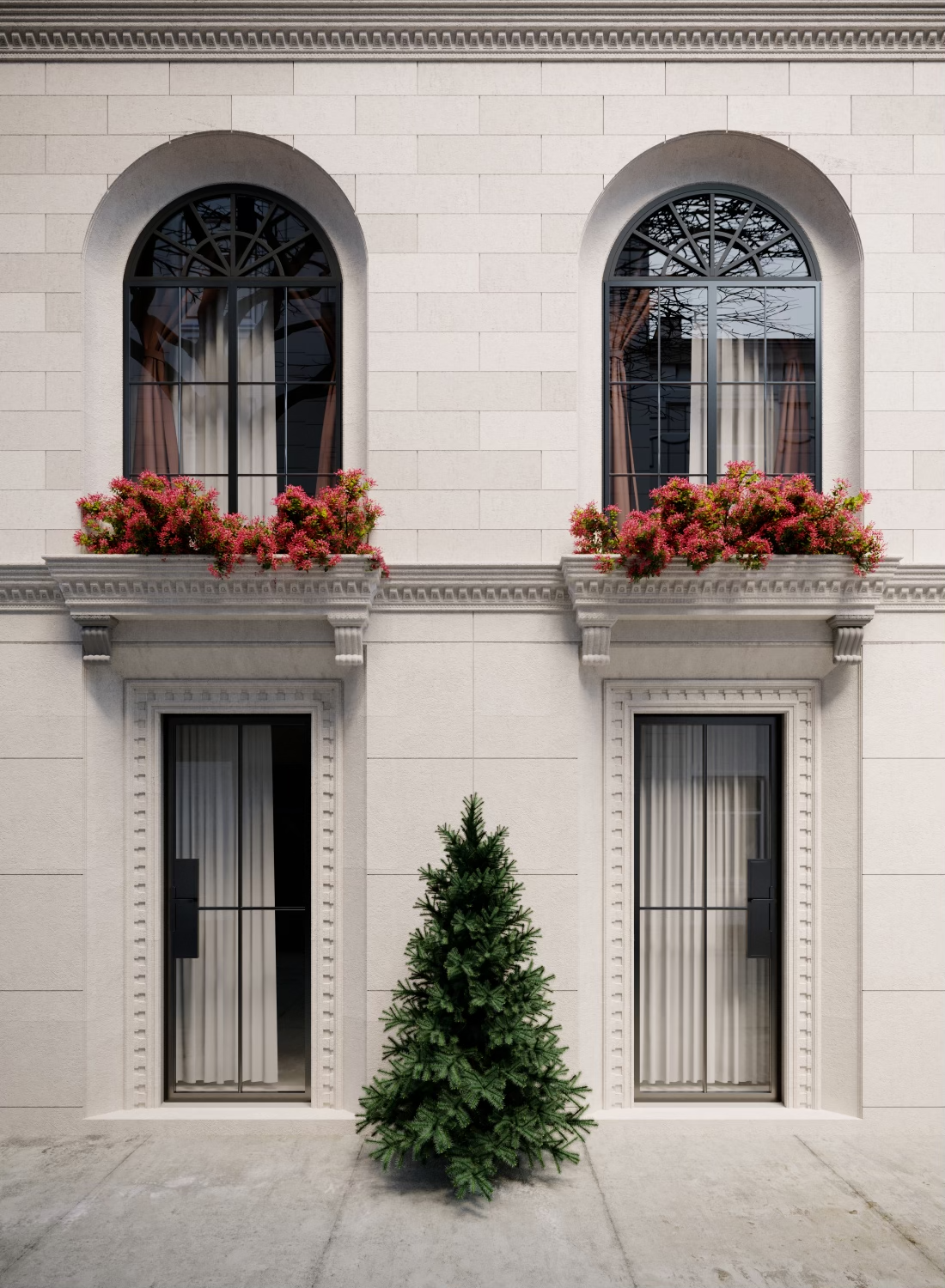The Fascinating History of House Windows
House windows are an integral part of any building. They not only welcome natural light, but also connect us with the outside world, and contribute to the aesthetic appeal of our homes. Yet, their journey from rudimentary openings to sophisticated architectural elements is often overlooked. This article shines a spotlight on the history of house windows —a captivating tale of innovation and design.
Origins: The Inception of Glass Windows
Glass, a versatile, moldable material created by subjecting sand or quartz to intense heat, has been used for millennia. However, its application in windows is a relatively recent phenomenon.
Early glass windows were far from the sleek, transparent panes we're accustomed to today. The Romans were among the first to use glass in windows, fashioning panes from glassy pebbles set in wooden frames. These rudimentary windows permitted little light and were far from transparent.
The Dawn of Glass Blowing
The art of glass blowing was born in the 1st century, drastically changing the landscape of glass manufacturing. Glassblowers would inflate globs of molten glass into bubbles, then elongate them into cylinders. Once cut and reheated, these cylinders would unfurl into rough, often opaque panes of glass.
The Dark Ages: Glass Windows' Renaissance
During the Dark Ages, wooden panels replaced most glass windows in an attempt to stave off the cold. Despite this, the use of glass flourished in European Catholic churches, where colored panes adorned majestic windows.
The 11th century witnessed the invention of the mouth-blown cylinder technique in Germany, a method that allowed the creation of sheet glass for windows. The technique reached England in 1226, birthing a new type of glass—broad glass.
Broad Glass: An Innovation in Window Manufacturing
Broad glass was created by blowing molten glass into an elongated balloon shape, cutting off the ends, splitting the cylinder while it was still hot, and then flattening it on an iron plate. This type of glass was thick, opaque, and filled with imperfections.
Crown Glass Windows: The Pursuit of Transparency
In the Middle Ages, French artisans mastered the art of creating smooth, flat glass panes, a technique that gave birth to crown glass. The process involved blowing molten glass into a hollow globe, transferring it onto a solid metal rod, reheating it, and spinning it into a flat disk. Despite its transparency, the uneven thickness of crown glass limited its utilization in larger projects.
Cylinder Glass Windows: The Dawn of Affordable Windows
In the late 1700s or early 1800s, a new method emerged that allowed the creation of larger glass panes—cylinder glass. Glassblowers would create large, long bottles, cut them along their length, and reheat them to flatten the glass. This method made windows more affordable and widespread.
The Advent of Plate Glass
In the 17th century, France saw the invention of plate glass, a technique that involved pouring molten glass onto an inclined plane and passing it through rollers. This method did away with hand blowing and allowed for the gradual cooling of the glass, which was then ground and polished on both sides.
The Industrial Revolution and Modern Glass Manufacturing
The Industrial Revolution marked a significant turning point in the history of house windows. The first mechanical method for drawing cylinders of window glass was developed in the U.S. in 1903, leading to the mass production of window panes.
In 1913, Belgium produced the first Machine Flat Drawn Sheet glass, a method that involved drawing the glass vertically in a flat sheet until it sufficiently cooled to be cut without breaking.
The Era of Float Glass
The late 1950s saw the introduction of the Float Glass Production Method by Sir Alastair Pilkington. This method, which still manufactures over 90% of flat glass today, involved floating a layer of molten glass on a bath of molten tin to produce fine quality glass with no distortion.
In conclusion, the history of house windows is a tale of constant evolution and innovation. From the basic broad glass windows of the ancient times to the sophisticated, energy-efficient windows of today, this journey mirrors mankind's relentless pursuit of progress and perfection.


